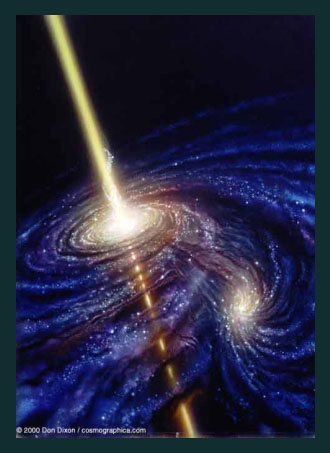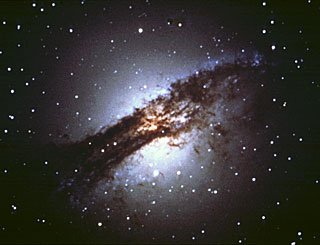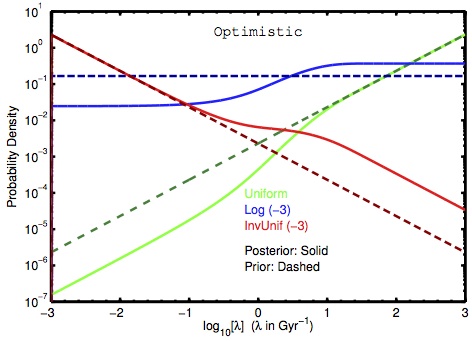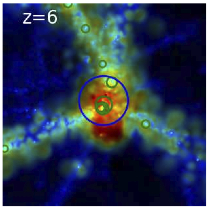
Finding AGN at high(er) redshifts
This paper describes a new diagnostic that separates galaxies from AGN at much higher redshifts than the traditional BPT diagram.

This paper describes a new diagnostic that separates galaxies from AGN at much higher redshifts than the traditional BPT diagram.

In this paper, the authors describe a new class of quasar which pushes the boundaries of our current understanding of black hole physiology.

With the help of citizen science through Galaxy Zoo, this paper’s authors collect a large sample of dusty elliptical galaxies, which allows them to investigate the connection between gas-rich mergers, starbursts, and AGN activity.

In this paper, the authors attempt to use Bayesian statistics to estimate the frequency of extraterrestrial life (and derive a fairly inconclusive result).

Using a new simulation called MassiveBlack, the authors of today’s astrobite manage to grow black holes massive enough (and quickly enough) to be consistent with the recently discovered z ~ 7 quasar.